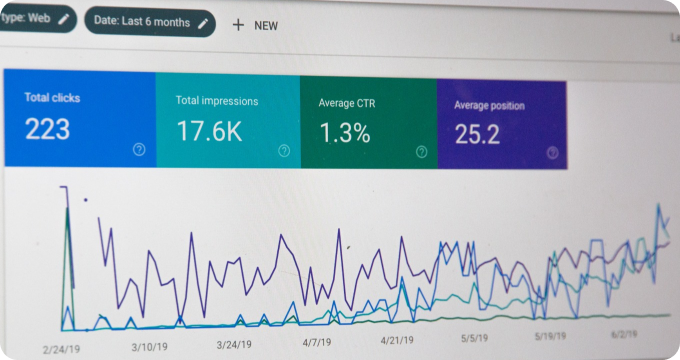How to Budget Effectively for Implementing Credit Scoring Software in Your Business
- November 25, 2023
- 2 minutes
As we find ourselves in an era where data is increasingly central to business operations, one area that has seen significant transformation is credit risk management. The advent and adoption of credit scoring software have given businesses a powerful tool to assess credit risk, make informed lending decisions, and ultimately drive growth. However, the implementation of such software doesn't come without its costs and challenges. Therefore, effective budgeting is paramount to ensure a seamless integration that delivers optimal value.
In the realm of credit management, credit scoring software is an application that leverages machine learning and data analytics to predict the likelihood of a borrower defaulting on their credit payments. It offers a numerical expression of creditworthiness, often ranging from 300 to 850. High scores signify low credit risk, while low scores indicate high credit risk. The relevance of this tool is multifaceted, impacting lending decisions, interest rates, and terms of credit.
To align the implementation of credit scoring software with your fiscal parameters, understanding the associated costs is crucial. These costs fall into three primary categories: acquisition costs, integration costs, and maintenance costs.
- Acquisition costs are the initial costs incurred in purchasing the software. These costs vary significantly, depending on the complexity of the software, the features it offers, and the licensing agreement. Some vendors offer tiered pricing, with costs increasing with the level of functionality and user capacity. Thorough research into various vendor offerings can help identify the solution providing the best value.
- Integration costs are associated with the implementation of the software into existing business systems. These include costs related to data migration, software customization, training, and potential downtime during the transition. To mitigate these costs, it can be helpful to develop a detailed implementation plan and budget for potential contingencies.
- Maintenance costs encompass ongoing expenses related to software updates, upgrades, support services, and possible licensing renewals. Assessing these costs requires an analysis of the software's lifecycle and the vendor's update and support policies.
It's also important to consider the opportunity cost associated with the software implementation. This includes potential revenue loss from delayed lending decisions during the transition period, as well as the time and resources diverted from other business activities.
So, how does one effectively budget for the implementation of credit scoring software?
The first step lies in conducting a detailed cost-benefit analysis. This involves quantifying the anticipated benefits from the software implementation, such as improved decision-making efficiency, reduced default rates, and increased revenues. These benefits should then be compared against the total projected costs, giving an indication of the software’s value proposition.
Next, a thorough risk assessment should be undertaken, identifying potential challenges and risks that could lead to cost overruns. These could include data migration issues, integration complexities, and staff training needs. Mitigation strategies should then be developed to manage these risks.
Furthermore, it is crucial to consider the financial impact of timing. The implementation process can be lengthy, and costs may be incurred over multiple financial periods. Therefore, the budget should be structured to account for this temporal distribution of costs.
Lastly, it's important to maintain flexibility in the budget to accommodate unforeseen expenses or adjustments. This could involve setting aside a contingency fund or building in buffers for specific cost items.
The implementation of credit scoring software can be a significant investment. However, with diligent planning and effective budgeting, businesses can optimize their spending, mitigate risks, and harness the power of this technology to drive their growth and profitability.
Incorporating credit scoring software into your business operations is not just an investment in technology, but an investment in strategic decision-making, risk management, and long-term growth. With robust budgeting and careful consideration of the intricate nuances involved, you can ensure that this investment yields substantial returns, contributing to the financial health and success of your business.
Learn More
Unleash the power of financial knowledge by diving deeper into our enlightening blog posts on credit scoring software. For an unbiased, comprehensive view, they are encouraged to explore our meticulously curated rankings of the Best Credit Scoring Software.
Popular Posts
-
 5 Compelling Reasons Why Your Business Needs Credit Scoring Software
5 Compelling Reasons Why Your Business Needs Credit Scoring Software
-
 Debunking 10 Myths Surrounding Credit Scoring Software
Debunking 10 Myths Surrounding Credit Scoring Software
-
 Ask These Questions to a Credit Scoring Software Provider to Choose the Right One for Your Business
Ask These Questions to a Credit Scoring Software Provider to Choose the Right One for Your Business
-
 What are Credit Scoring Software Systems and How Do They Work?
What are Credit Scoring Software Systems and How Do They Work?
-
 6 Things I Wish I'd Known About Credit Scoring Software Before Implementing One
6 Things I Wish I'd Known About Credit Scoring Software Before Implementing One






